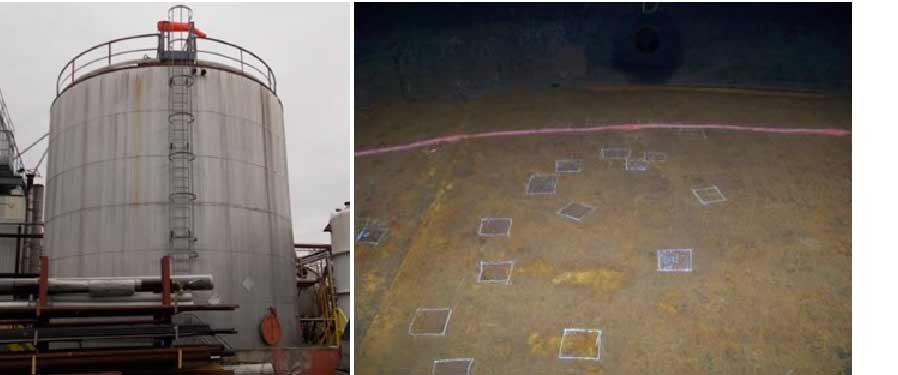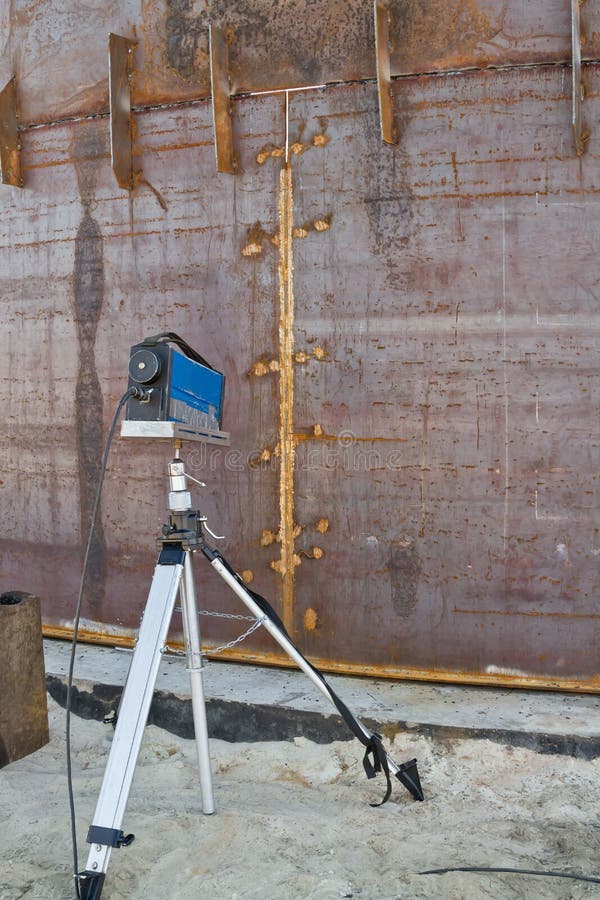Recognizing the Secret Actions In Tank Welding Inspection Procedures
Recognizing the Secret Actions In Tank Welding Inspection Procedures
Blog Article
An In-depth Review of Storage Tank Welding Inspection Standards and Methodologies for Improved Weld High Quality and Performance
The significance of welding inspection requirements in the production of tanks can not be overemphasized, as they serve as the foundation for guaranteeing weld integrity and functional integrity. Various inspection strategies, including visual evaluations and progressed non-destructive screening techniques, are essential in determining potential flaws that can endanger performance.
Importance of Welding Examination Standards

Welding examination criteria encompass a variety of standards, consisting of material specifications, welding treatments, and credentials of workers involved in the welding procedure. By enforcing these criteria, companies can methodically recognize and fix prospective defects, thereby lowering the possibility of costly fixings or devastating failings. Moreover, rigorous assessment techniques promote a society of accountability and accuracy, encouraging welders to preserve high levels of craftsmanship.

Usual Welding Examination Techniques


Ultrasonic Evaluating (UT) is one more common technique, making use of high-frequency acoustic waves to discover interior imperfections that may not show up on the surface. This method is particularly efficient for identifying voids or inclusions within the weld metal. Magnetic Particle Testing (MT) is additionally extensively utilized, specifically for ferromagnetic products, as it exposes surface and near-surface issues via the application of magnetic fields and ferrous fragments.
Furthermore, Liquid Penetrant Testing (PT) spots surface-breaking defects by applying a penetrant to the weld and afterwards using a programmer to extract the penetrant. Each of these techniques adds to a detailed examination approach, ensuring that welds satisfy the strict top quality requirements needed in container construction.
Regulative Requirements and Conformity
Governing criteria and conformity are necessary parts in guaranteeing the safety and security and dependability of welded structures in container construction - Tank Welding Inspection. These criteria offer to develop minimum demands for product residential or commercial properties, welding procedures, and examination methods, consequently lowering the risk of architectural failures and improving general efficiency
Trick organizations, such as the American Culture of Mechanical Designers (ASME) and the American Welding Society (AWS), provide guidelines that are widely taken on in the industry. Conformity with these requirements not just ensures adherence to finest practices yet also fulfills legal and legal obligations, protecting the rate of interests of stakeholders.
Governing bodies commonly mandate adherence to details codes, such as ASME Code Area IX for welding qualifications and API 650 for bonded tanks. These codes check over here outline requirements for welding methods, credentials of workers, and testing approaches to verify weld honesty.
Routine audits and assessments are crucial to maintaining compliance, as they assist determine variances from established standards. Non-compliance can cause significant fines, job delays, and safety and security threats. Therefore, a robust understanding of regulatory requirements and a commitment to compliance are extremely important in achieving top quality and long lasting bonded tank structures.
Non-Destructive Examining Techniques
Just how can the integrity of bonded structures be assured without causing damage? Non-destructive testing (NDT) approaches provide a durable remedy, making it possible for examiners to review weld top quality without jeopardizing the material - Tank Welding Inspection. Amongst the most common NDT methods are ultrasonic screening (UT), radiographic testing (RT), magnetic bit screening (MT), and color penetrant screening (PT)
Radiographic screening involves passing X-rays or gamma rays via the weld, developing images that disclose structural problems such as fractures or gaps. This approach is invaluable for assessing the integrity of complex welds.
Magnetic fragment screening is fit for ferromagnetic materials, where electromagnetic fields disclose surface area and near-surface suspensions. Dye penetrant testing makes use of a fluid color to highlight surface-breaking flaws, making it an efficient technique for non-porous products.
Each of these NDT methods has distinctive advantages, enabling extensive evaluations tailored to particular materials and welding processes. By carrying out these strategies, sectors can ensure the reliability and security of bonded structures, ultimately boosting total efficiency.
Enhancing Weld Top Quality With Examination
Reliable evaluation plays a vital function in enhancing weld quality, acting as an important checkpoint in the fabrication procedure. By recognizing possible issues early, her response assessments mitigate the threat of endangered structural stability and make certain compliance with sector criteria. Employing a mix of aesthetic exams, non-destructive testing (NDT) approaches, and mechanical assessments, inspectors can identify problems such as porosity, splits, and incomplete fusion.
Implementing a durable inspection procedure not just improves the total quality of welds however also fosters a culture of responsibility amongst welders and fabricators. Routine training and certification of evaluation employees make certain that they are furnished with the essential abilities to acknowledge and attend to potential troubles effectively. This proactive method minimizes rework and associated costs, inevitably adding to have a peek at this website project performance.
Furthermore, extensive documents of evaluation findings provides beneficial understandings right into recurring problems, helping with continual renovation in welding techniques. By leveraging sophisticated innovations, such as automated ultrasonic testing or digital radiography, weld high quality can be enhanced via much more specific evaluations. In verdict, a rigorous inspection process is indispensable in attaining high-grade welds, making certain safety and security, dependability, and longevity in tank fabrication.
Conclusion
In conclusion, the execution of strenuous tank welding evaluation requirements and approaches is necessary for making certain weld honesty and efficiency. By making use of a mix of visual inspections, non-destructive testing methods, and adherence to regulatory requirements, organizations can properly identify and mitigate potential flaws.
Report this page